


As Volkswagen Polo R Cup enters its third year in India, we get behind the wheel of the brand-new Polo TSI that will be raced in the 2012 season
After running the Polo R Cup successfully for two years, Volkswagen have gone one step ahead for 2012 and brought about a big change in the championship. The diesel engines have now given way to petrol ones along with some other technical changes. Besides, the championship also undergoes a restructuring in the format. There will be three categories of racers – Juniors, Pro and Masters – but all will run in the same race and will compete against each other with exactly the same cars. Of course, the drivers will get a chance to do the basic set-up such as air pressures and anti-roll bar settings, as was done earlier.
Volkswagen Motorsport have decided to step up the competition and hence dumped the flat-torqued, ever-forgiving diesel engine and brought in a higher-revving petrol heart in the Polo. This one is a 1.4-litre TSI that produces a maximum power of 180 PS at 6,200 revolutions per minute and a maximum torque of 250 Nm between 2,000 and 4,500 revs. The beauty of the engine lies in the fact that it comes with a supercharger as well as turbocharger. While the supercharger takes care of the bottom end right from idling, the turbocharger kicks in at about 2,600 RPM and provides a further boost. This makes it possible to have a good amount of torque spread all across the rev range.


 Another interesting change in the car is its transmission. The six-speed manual box has now been done away with and in its stead a six-speed dual-clutch automatic box (DSG) with limited-slip differential has been brought in. The other changes include a new rear spoiler, new brakes with ABS and a new set of JK Tyres slicks. The race Polo continues to be equipped with all the safety measures such as an FIA-approved roll-cage, five-point harness and internal and external fire extinguishers, etc.
Another interesting change in the car is its transmission. The six-speed manual box has now been done away with and in its stead a six-speed dual-clutch automatic box (DSG) with limited-slip differential has been brought in. The other changes include a new rear spoiler, new brakes with ABS and a new set of JK Tyres slicks. The race Polo continues to be equipped with all the safety measures such as an FIA-approved roll-cage, five-point harness and internal and external fire extinguishers, etc.
We got an opportunity to get behind wheel of this new Polo R Cup car, test it around the Buddh International Circuit (BIC) and compare it with the outgoing Polo TDI that was being used for racing in the country for the last two seasons. The Polo TSI feels different from the Polo TDI in various aspects. To start with, it has a higher revving petrol engine that produces a lot more power than the diesel motor. If the old one made the maximum torque right from 1,500 RPM, this one needs to be revved to 2,600 RPM at least to get that torque. However, while the earlier one ran out of breath at about 4,000 revs, the TSI goes all the way beyond 6,200, thus making for a much wider rev range for use. This basically means that the drivers will now get a powerband in the higher revs, but a much wider one. Similarly, the higher power output gives the TSI a stronger top end than that of the TDI. While the TDI managed to click 185 km/h at the end of the back straight of the BIC, the TSI’s speedometer showed 200 km/h.


 The second big change comes in the form of transmission. The six-speed DSG box is a welcome feature in this car. The Polo can be driven in two modes – either the ‘D’ mode, which is a complete manual mode, or the ‘S’ mode, which does the shifts automatically. In the ‘D’ mode, the driver will get more control, but it should be noted that there are greater possibilities of stepping out of the powerband and hitting the limiter in this case. On the other hand, the ‘S’ mode manages everything on its own, does the upshifts precisely and quickly and makes sure that the car doesn’t step out of the powerband under any circumstances. Furthermore, the downshifts are much more precise in this mode. The overall gear ratio is very tall and even on the 1.1-km back straight at the BIC, the engine never came close to the peak revs in the sixth gear. Lower ratio would definitely give better top whack. And considering that most of the races will be run on the tighter tracks of Chennai and Coimbatore, the sixth gear will hardly be put into use.
The second big change comes in the form of transmission. The six-speed DSG box is a welcome feature in this car. The Polo can be driven in two modes – either the ‘D’ mode, which is a complete manual mode, or the ‘S’ mode, which does the shifts automatically. In the ‘D’ mode, the driver will get more control, but it should be noted that there are greater possibilities of stepping out of the powerband and hitting the limiter in this case. On the other hand, the ‘S’ mode manages everything on its own, does the upshifts precisely and quickly and makes sure that the car doesn’t step out of the powerband under any circumstances. Furthermore, the downshifts are much more precise in this mode. The overall gear ratio is very tall and even on the 1.1-km back straight at the BIC, the engine never came close to the peak revs in the sixth gear. Lower ratio would definitely give better top whack. And considering that most of the races will be run on the tighter tracks of Chennai and Coimbatore, the sixth gear will hardly be put into use.
With much higher power and better top end, the braking duties on the Polo TSI have been handed over to bigger disc brakes with ABS. The feel and bite of the new braking system is much better and the ABS does not interfere unless there is some serious hard braking.
The final big change comes in the form of an additional rear wing that has been installed for greater downforce. For sure the rear of the car now feels more planted in mid-corner than the TDI. Unlike the TDI, this new Polo TSI doesn’t feel eager to step the rear out even under mid-corner braking inputs. However, we are sure that this rear wing must have traded off top end for the additional stability while turning. The 17” wheels have been shod with better slicks from JK Tyres for the 2012 season.
All said, the Polo TSI comes across as a better car for the Indian championship and definitely a step above the outgoing Polo TDI. It’s faster and more stable round corners. Surely, one will not have to fight with it in corners and the drivers will be able to get away with little errors in the corners. So far as Volkswagen’s target of reducing the gap between Polo R Cup and Scirocco R Cup goes, they will achieve it with the new Polo TSI cars. And with higher performance on tap, one may look forward to closer battles and tougher fights during the 2012 season!
Story: Adhish Alawani
Photography: Aditya Bedre






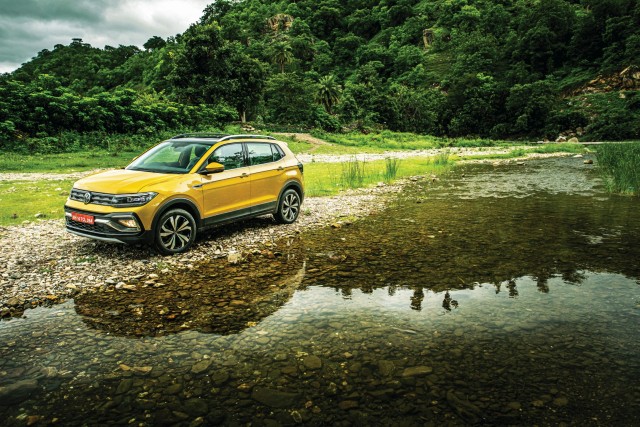


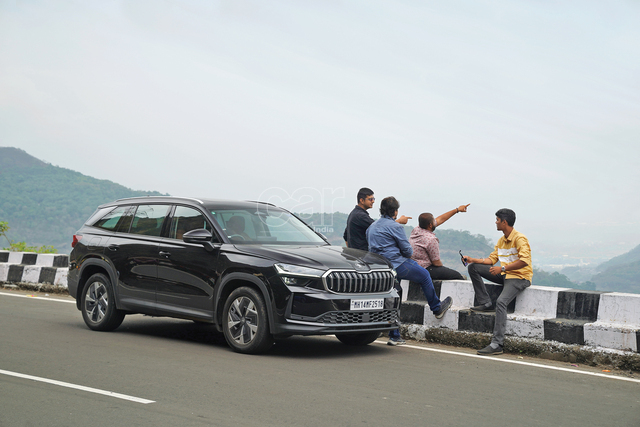


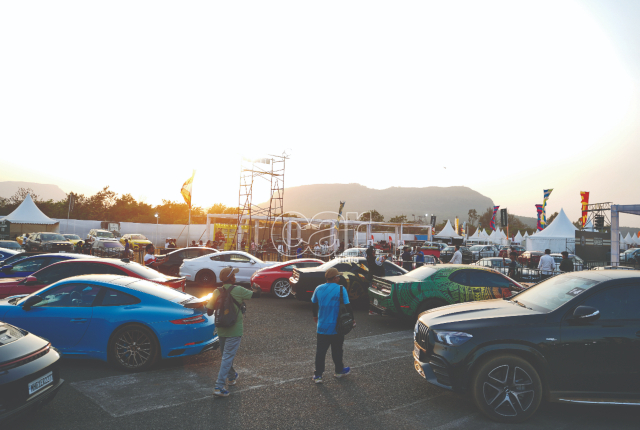
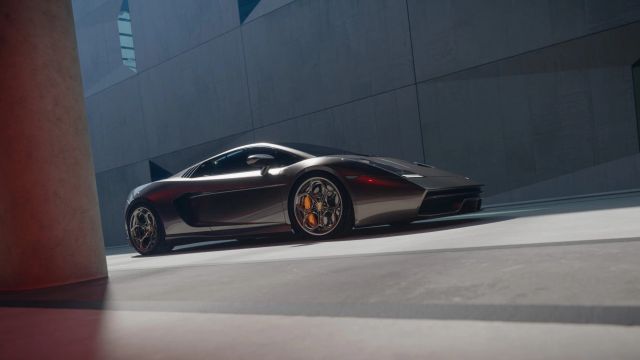
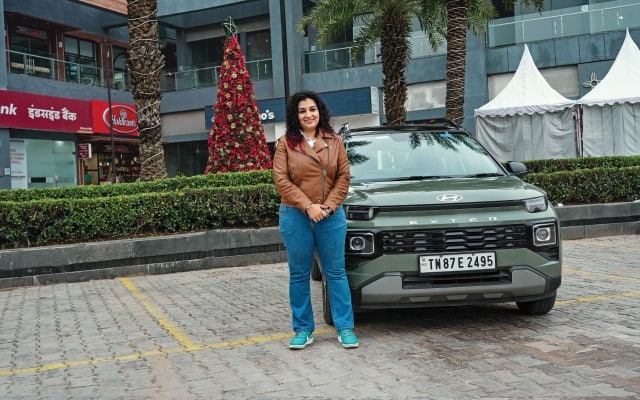

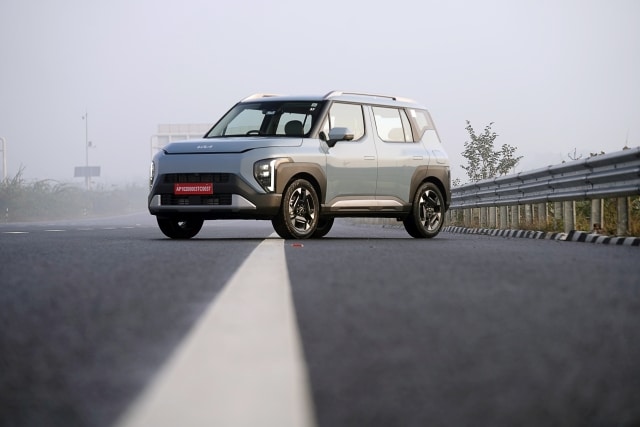




Leave a Reply